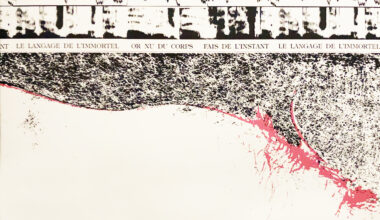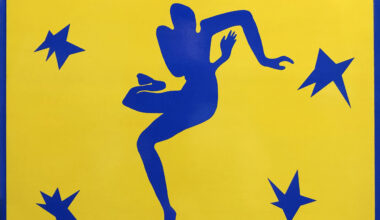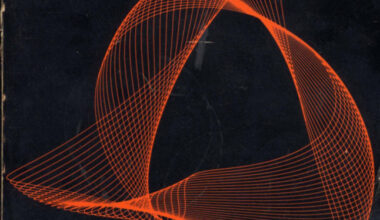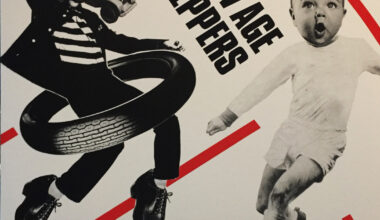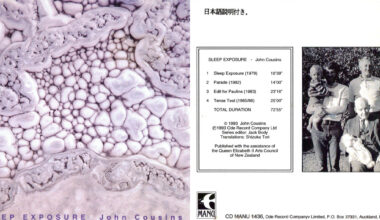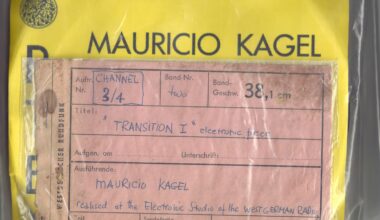Is it music? Or just a sound effect? The question that has dogged electronic music from its inception gets short shrift from our in-house wax obsessive

I noticed that there was a Tristram Cary release on Record Store Day this year. It was a luminous vinyl 10-inch of the electronic music and sounds which Tristram Cary produced for the Hammer Horror 1967 film version of ‘Quatermass And The Pit’. That film really scared me when I was a kid. They’re doing some construction work in a tube station and they find this spaceship when they’re digging. In an early scene there’s a worker in a donkey jacket drilling away, and the tone of the drill starts to resonate at this particular frequency, and everything starts going crazy. He runs out in the street, all the cobble stones are coming up, it’s terrifying.
Cary’s soundtrack was very noisy tape feedback stuff, but it was really effective. He knew what he was doing.
If he’d used an orchestra, it wouldn’t have been half as creepy or scary, so at that point it is music. But when you’ve made a decision that you don’t want something organic, you want some thing alien and otherworldly, why at that point is that not music? Now it’s being brought out as a record, someone is at last seeing it as music, and that’s how I’ve always seen it.
My favourite sound effects album is ‘Star Trek: Sound Effects From The Original TV Soundtrack’. It’s been re-released on CD, and the original vinyl isn’t especially rare, but it’s just beautiful. The ambient sound when they land on a new planet, ‘Alien Planet Surface’, that’s haunted me all my life. They spent so much time on those sounds. There’s a few theories on where the sound of the doors opening on the Enterprise orginated, from paper sliding out of an envelope followed by a squeaky shoe to a reversed recording of an underwater harpoon firing. They knew they wanted to use something organic, but treat it in a weird way. They took that kind of care with every sound, and all of them are genius and still stand out today. They’re much more musical than sound effects in sci-fi now. The sounds are more functional these days, more an attempt to be realistic.
There’s a documentary about the sound design in ’Star Wars’, and they’re working on the sound of the Millennium Falcon – I’m not a ’Stars Wars’ expert, but that ship’s supposed to be a bit of a crate, right? – and they recorded the sound of an old prop aeroplane backfiring, and then they used this huge 24-track studio on LA to prcess it, using all the tracks for that one sound! John M Peters, who did a lot of the ‘Star Wars’ sounds, released ‘Science Fiction Sound Effects’ in 1978. It’s pretty good, actually. ‘Star Wars’ was the point when effects changed from being electronic sounds to being more “real”.
There was a debate about whether the sounds Brian Hodgson made for the TARDIS were music or not. The prevailing attitude was that it wasn’t music, but it was created using techniques not a million miles from John Cage’s prepared piano pieces. It’s a direct link to other forms of art which were known as music, but it was completely thrown away because it was the “sound effects team”. The whole Radiophonic Workshop was like that. It was never taken as seriously as it should have been, not until it closed!
Which brings me to the second best sound effects record – ‘Out Of This World’, the 1976 BBC Radiophonic Workshop album. It’s more or less all Synthi 100 stuff. I have the Japanese version, too, which is very hard to find. I didn’t even know it existed, but there it is.
Folkways released an album called ‘Science Fiction Sound Effects Record’ by Mel Kaiser in 1958, which was a pretty early example and wasn’t considered music. Kaiser was a sound engineer who worked on quite a few albums of sounds and field recordings, including ‘Documentary Sounds Volume 1’ in 1962, which includes a track called ‘Group Of Women Gabbing – Tea Party’.
I did a science fiction sound effects album myself in 2004. It was my version of ‘Forbidden Planet’, which I was doing live at a few avant-grade festivals. I stripped out the original music and added my own stuff. It was a double CD, one was the music, the other with sound effects. I got in touch with Bebe Barron, who recorded the original soundtrack back in 1956 with her husband Louis, and we were in touch for a while. The soundtrack was released in 1976, there was a limited edition of 1,500, with some of them signed by Louis and Bebe.
